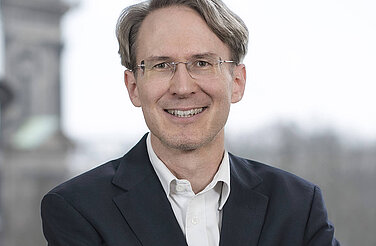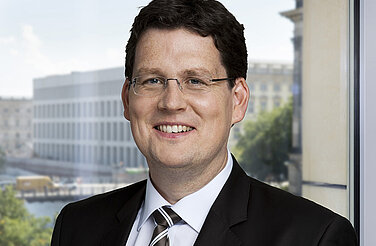This content is also available in: German
Home heating in 2030: five million heat pumps, steady levels of natural gas, far less oil
Agora Energiewende presents its study “Heat Transition 2030” and outlines the first steps towards heat decarbonisation

Berlin, 14 February 2017. By 2050, Germany wants to reduce CO2 emissions by 80 to 95 per cent relative to 1990 levels. Which energy sources will heat German homes after fossil fuels like oil and natural gas are eliminated in pursuing this goal? And what must be accomplished by 2030 to ensure that the 2050 targets remain a viable option? There are now answers to these questions thanks to Agora Energiewende’s new study “Wärmewende 2030”. An English summary is available under the title “Heat Transition 2030”.
The study’s authors identify several steps that must be taken if Germany is to reach its long-term climate goals. First, energy consumption for building heating must be reduced by 25 per cent across Germany through improved efficiency. Second, heating oil must be almost entirely phased out by 2030. This will make the heating system not only more climate friendly but also more cost efficient. Third, heat pumps must become a major pillar of the heating system, supplying around twenty times more heat than they do today. Fourth, heat networks like district heating that rely on a mix of energy must double in size. One thing that won’t need to change is the consumption of natural gas. The study’s 2030 scenario foresees about the same share of natural gas in the heating system as today.
Judging by Germany’s current trends, there’s much to do. In particular, the rate by which heat pumps are being added is too low. The country is now on course to install only two million additional heat pumps by 2030 but meeting long-term targets requires five to six million units. “To get there,” explains Patrick Graichen, the director of Agora Energiewende, “heat pump technology – such as hybrid systems with gas-fired boilers that activate on especially cold days – must also be deployed in older buildings.” The situation is similar for building insulation. Today 1 per cent of existing building receive low-carbon retrofits each year. In the future, the number must be 2 per cent. One area where Germany is already on the right track is district heating, though the study emphasizes that further expansion should be prepared early on and the share of heat from renewables must continue to climb.
The study also investigated the demands on the electricity system from millions of additional heat pumps. It found that annual peak demand will change little if today’s outdated night storage heating systems are replaced by efficient heating units and the heat pumps are managed flexibly. But the share of electricity from renewable energy must grows faster than previously planned. The study concludes that by 2030 at least 60 per cent of electricity will have to come from renewable energy, a target once set for 2035.
The study stresses the long-term importance of heat pumps for climate friendly and cost-efficient heating. By 2050, a total of 10 to 17 million heat pumps will be needed. Furthermore, these heat pumps will require the support of solar thermal and biomass heating systems as well as a small share of gas fuel produced from renewable energy. The use of fossil fuels will have to be severely limited – reserved for no more than a few exceptional cases – due to the CO2 they emit.
“Like other countries around the world, Germany will reach its climate targets only if it forgoes coal, oil, and natural goes in the long run,” notes Patrick Graichen. “This observation is neither new nor complicated. But getting there will not be easy. We are talking about the gradual transformation of the energy system in its entirety. Our study provides a roadmap to a climate-friendly society and identifies specific targets for the building heating. It is clear that this process will take many years, maybe decades. But time is not the problem. What’s important is that we don’t act impulsively.”
“Heat Transition 2030” was commissioned by Agora Energiewende and carried out by the Fraunhofer Institutes for Wind Energy System (IWES) and Building Physics (IBP) with the support of the Fraunhofer Institute for Solar Energy Systems (ISE), the Öko-Institut (Institute for Applied Ecology) and Prognos AG. It was based on numerous scenarios that modelled heat demand for every hour of the year and compared it with the hourly electricity supply from renewables. Scenarios that did not provide continuous supply security for heat and power were omitted.
The publication and a data attachment are available for free download below.



